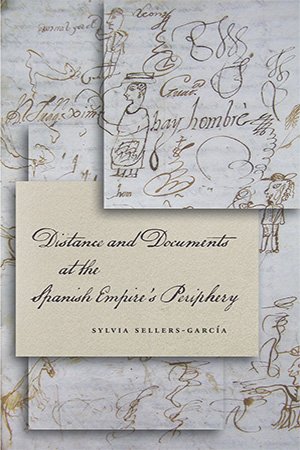
西班牙帝国以其鼎盛时期的“太阳永不落”而闻名它通过美洲从菲律宾延伸到欧洲。然而,我们对西班牙是如何在如此遥远的距离上成功地将关键的治理货币——纸张——转移的知之甚少。此外,我们对这些距离是如何被生活在帝国的人们感知和理解的知之甚少。这本书讨论了这些未知数,并提出通过研究文献在西班牙帝国的运作,我们可以更好地了解帝国是如何建立的,最重要的是,知识是如何创造的。作者认为,即使在如此广阔的领域,知识也是由帝国边缘的人们在当地建立起来的。沿着路线组织并集中到本地节点,外围知识在区域中心积累,然后转移到西班牙帝国的中心。
该研究以危地马拉王国为出发点,分三个部分考察了文件与距离的相关方面:第一部分考察了文件类型,以及文件的创作是如何受到距离的影响的;第二部分介绍了文件的移动和邮件系统的工作原理;第三部分介绍了文件存储以及档案如何在纸张流转中发挥重要作用。
Distance and Documents at the Spanish Empire’s Periphery
The Spanish Empire is famous for being, at its height, the realm upon which “the sun never set.” It stretched from the Philippines to Europe by way of the Americas. And yet we know relatively little about how Spain managed to move that crucial currency of governance―paper―over such enormous distances. Moreover, we know even less about how those distances were perceived and understood by people living in the empire. This book takes up these unknowns and proposes that by examining how documents operated in the Spanish empire, we can better understand how the empire was built and, most importantly, how knowledge was created. The author argues that even in such a vast realm, knowledge was built locally by people who existed at the peripheries of empire. Organized along routes and centralized into local nodes, peripheral knowledge accumulated in regional centers before moving on to the heart of the empire in Spain.
The study takes the Kingdom of Guatemala as its departure point and examines the related aspects of documents and distance in three sections: part one looks at document genre, and how the creation of documents was shaped by distance; part two looks at the movement of documents and the workings of the mail system; part three looks at document storage and how archives played an essential part in the flow of paper.
OR




